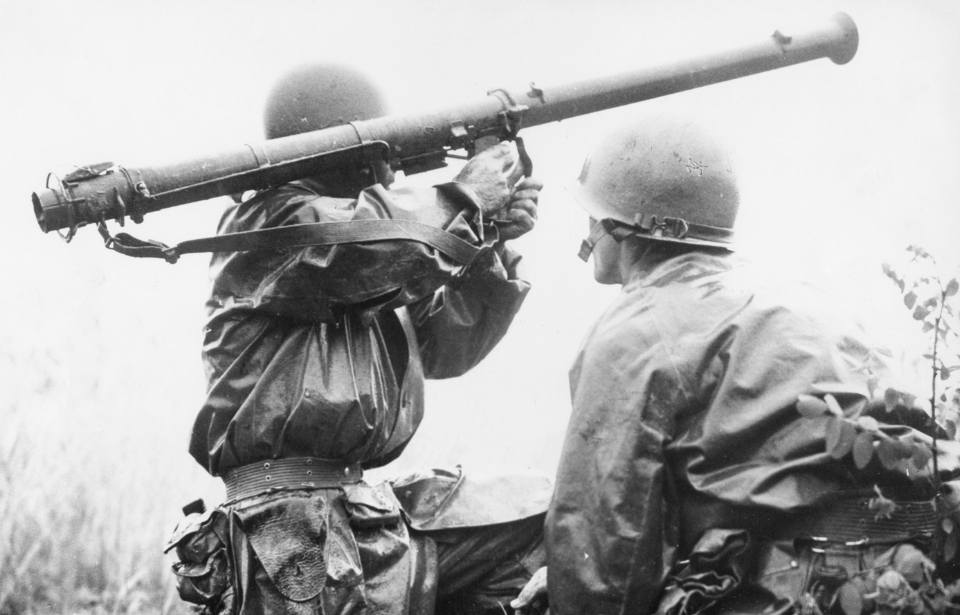The Battle of Osan was one of the opening engagements of the Korean War. It was the first time the United States faced the North Koreans in combat, and it was a failure for the Americans before the fighting even began; 540 infantrymen and support personnel faced a staggering 5,000 North Korean soldiers, who’d brought with them 36 tanks. As could be expected, the US troops suffered a devastating loss, serving as a predictor of the combat that would come to define the conflict.
Occurring on July 5, 1950, the battle was fought between the American Task Force Smith, made up of units from the 21st Infantry Regiment, 24th Infantry Division and supported by a battalion from the 52nd Air Defense Artillery Regiment. They were tasked with delaying the North Korean advance, but were given little to accomplish this, whereas the enemy troops were equipped with T-34 tanks.
Tanks with the 107th Tank Regiment, North Korean 105th Armored Division moved toward the US troops, while also chasing the retreating South Korean forces. While the US infantrymen tried to slow the enemy tanks with their M18 and M20 Recoilless Rifles, these failed to inflict any damage. The North Koreans returned fire, but were unable to see the Americans’ positions.
The above photo shows two members of the 24th Infantry Division during the battle, facing the North Koreans in the village of Sojong-ni, near Osan. The pair pictured, one of whom has been identified as Pfc. Kenneth Shadrick, made up a Bazooka team. Sadly, it was only moments later that Shadrick lost his life to enemy fire. He became one of the 60 American soldiers who were killed during the engagement.
The North Korean tank column continued its advance against ineffective American counterattacks, supported by thousands of soldiers with the North Korean 4th Infantry Division’s 16th and 18th Infantry Regiments. While, at first, a lack of communication allowed the Americans to attack the infantrymen and inflict several casualties, the North Koreans regrouped and repulsed the assault with artillery and mortar fire.
In the end, Task Force Smith, commanded by Lt. Col. Charles Smith, withdrew due to a lack of ammunition and a breakdown in communications. He ordered one unit retreat at a time, but, before long, the withdrawal became disorganized, leading to several casualties.
More from us: A US Marine Rescued a Kitten That Survived the Fighting at Bunker Hill
The American loss at the Battle of Osan signaled just how ill-prepared the US military was for war, in terms of troop training (or lack thereof) and outdated equipment.
